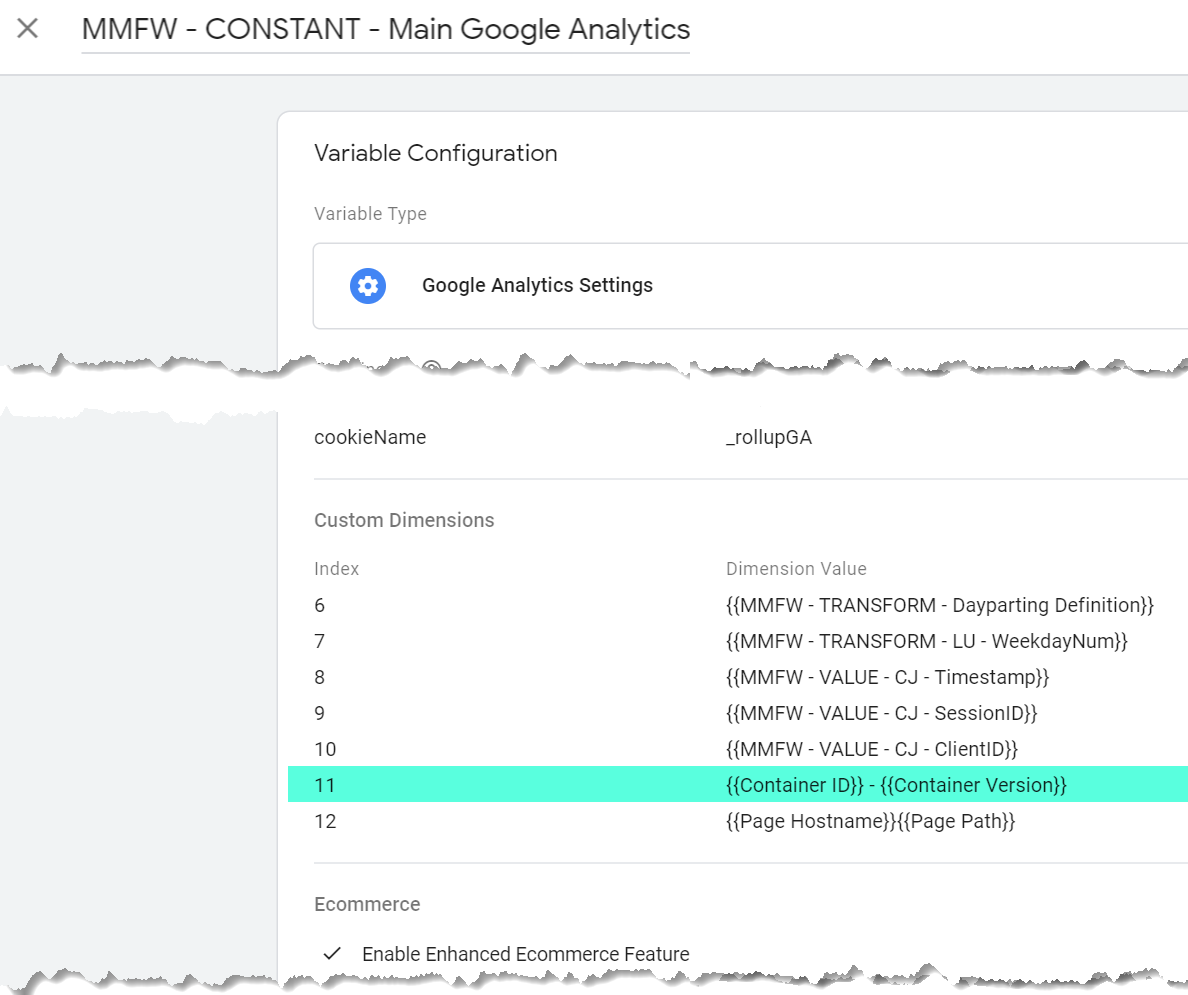Browsing the Midst of Second Measurement in Google Analytics: A Detailed Expedition on Its Functionality
In the world of digital analytics, the details of data analysis typically hold the trick to unlocking important insights. Within the extensive toolkit of Google Analytics exists an attribute that offers as a concealed treasure for those that look for a deeper understanding of user actions and internet site performance. Additional dimensions, though relatively simple initially glance, harbor a riches of untapped potential waiting to be utilized. As we start this journey to explore the nuanced capability of secondary measurements, we will certainly reveal exactly how this function can brighten patterns, reveal relationships, and inevitably lead the way for educated decision-making in the digital landscape.
Recognizing Secondary Dimensions in Google Analytics

Comprehending exactly how additional measurements job is critical for leveraging the complete power of Google Analytics. By incorporating main metrics with second dimensions, you can gain valuable insights that drive informed decision-making and optimization approaches.
Leveraging Additional Measurements for Data Evaluation
Structure upon the fundamental understanding of how second measurements enhance information analysis in Google Analytics, the utilization of these additional layers of information comes to be critical in drawing out beneficial understandings for notified decision-making and optimization methods. By leveraging second dimensions, experts can delve much deeper right into the performance metrics by including more context to the main measurements, therefore discovering hidden patterns and connections that could not be obvious in the beginning glimpse. This deeper degree of evaluation allows businesses to better recognize individual actions, identify fads, and pinpoint locations for improvement.
Furthermore, second dimensions provide an even more comprehensive sight of the data, permitting for segmentation based on numerous specifications such as demographics, gadgets, traffic resources, and much more. This division promotes a more granular analysis, enabling companies to customize their campaigns and approaches to particular audience sections for enhanced targeting and personalization. Essentially, the strategic use secondary dimensions equips companies to make data-driven decisions that drive growth and success in the digital landscape.
Advanced Techniques for Secondary Dimension Application
Exploring elaborate techniques to harness the complete potential of secondary measurements in Google Analytics raises the deepness and sophistication of information analysis for critical decision-making. One sophisticated technique for applying secondary measurements is making use of custom-made dimensions. By specifying custom-made measurements, customers can segment data further to gain even more certain understandings right into user habits, such as tracking communications with details elements on a page or keeping track of the performance of a certain advertising and marketing project. One more innovative strategy is the application of regex (regular expressions) within second measurements. Regex enables for even more versatile and powerful pattern matching, enabling users to produce complicated filters for data evaluation. In addition, incorporating additional dimensions with advanced segments can offer a lot more granular understandings by applying multiple layers of division to the data. This method permits a deeper understanding of user habits based upon different standards at the same time. Implementing these sophisticated methods for second dimensions in Google Analytics check my source encourages individuals to perform much more innovative analysis and make data-driven decisions with accuracy.
Interpreting Insights Via Secondary Dimensions

When translating understandings with secondary measurements, it is vital to take into consideration the context of the information and exactly how different measurements connect with each various other. For instance, understanding which particular website traffic sources cause higher conversion rates or recognizing which gadgets customers choose for making acquisitions can provide workable insights for enhancing advertising and marketing campaigns and improving general site performance. By thoroughly checking out the information with second measurements in mind, businesses can make informed choices that drive purposeful outcomes and boost their electronic visibility.
Maximizing Efficiency With Second Dimensions

One vital means to optimize performance with second measurements is by segmenting data much more granularly. This permits you to separate particular aspects that might be influencing your metrics and acquire a far better understanding of what drives success or failing in your electronic efforts. As an example, by incorporating additional dimensions such as 'device category' and 'touchdown page,' you can pinpoint which gadget types are most reliable for particular touchdown web pages, enabling you to customize your techniques accordingly.
In addition, utilizing secondary measurements can help you identify trends, patterns, and relationships that might not appear when analyzing data with key dimensions alone. This deeper degree of analysis can bring about more enlightened decision-making and inevitably enhance the total efficiency of your site or digital advertising and marketing campaigns.
Conclusion
Finally, secondary dimensions in Google Analytics play an important role in improving data evaluation and offering much deeper insights into site efficiency. By making use of advanced techniques and translating the information properly, businesses can maximize their strategies and improve total performance. Understanding the performance of secondary measurements is vital for making informed choices and driving success in the digital landscape.
By leveraging additional measurements, analysts can delve deeper into the efficiency metrics by including more context to the key dimensions, thus revealing surprise patterns and relationships that might not be evident at first glimpse. One advanced method for applying additional measurements is the use of custom-made measurements.Having actually understood sophisticated strategies like customized measurements and regex for secondary measurement implementation in Google Analytics, the following essential action is interpreting the important insights obtained with these advanced information division approaches. Interpreting understandings via additional dimensions entails assessing the partnerships in between the primary and second measurements navigate to this site selected, uncovering patterns, fads, and correlations that may not be promptly noticeable when looking at the data in its totality.When translating understandings through second measurements, it is crucial to think about the context of the data and how different measurements connect with each other.